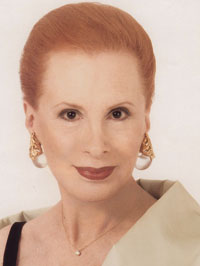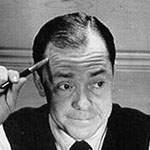September/October 2015
EDITH PIAF
by Elizabeth Ahlfors
 Edith Piaf, the charismatic signature of French spirit, was born Edith Giovanna Gassion in an impoverished neighborhood on the edges of Paris in December 1915. Forty-seven years later, she died, a diminutive body with a voice of passionate power that still touches hearts across the world. Piaf was a roller-coaster ride through a life of hard living, desperate loving and the despair of loss, poured out through her gritty songs.
Edith Piaf, the charismatic signature of French spirit, was born Edith Giovanna Gassion in an impoverished neighborhood on the edges of Paris in December 1915. Forty-seven years later, she died, a diminutive body with a voice of passionate power that still touches hearts across the world. Piaf was a roller-coaster ride through a life of hard living, desperate loving and the despair of loss, poured out through her gritty songs.
online pharmacy https://aclsedu.com/wp-content/uploads/2023/04/jpg/lexapro.html no prescription drugstore
Her parents were street entertainers. Her mother abandoned her and her father eventually sent Edith to a grandmother who ran a brothel. The child struggled with illness, temporary blindness and a “miraculous cure.” At 14, she joined her father, singing on the gritty Pigalle streets for tips, had an affair and a child and, in 1935, she was discovered by cabaret owner Louis Leplée. He taught her stage presence, nicknamed her “La Môme Piaf” (“the little sparrow”), put her in the black dress that became her lifelong costume, and made her a star.
Her heart was with the suffering, although her best friends insisted she loved fun and laughter.
online pharmacy https://aclsedu.com/wp-content/uploads/2023/04/jpg/neurontin.html no prescription drugstore
She was temperamental, dramatic, lusty, with a robust sexual spirit and stormy relationships, including two marriages, first to Jacques Pills and later to a young Theo Serapo. Throughout her life, the chanteuse struggled with alcohol, drugs, sickness and accidents yet endures as an image of survival. Her songs like “La vie en rose,” “ L’Accordéoniste “ and “Non, je ne regrette rien” firmly remain Piaf standards.
While enjoying a lucrative career in Paris during WWII, Piaf was actually helping the Resistance. In the late 1940s, she made several visits to the United States. “La vie en rose,” one of the numerous songs she wrote, was awarded a 1998 Grammy Hall of Fame Award. Piaf mentored younger singers, including Yves Montand, Léo Ferré and Charles Aznavour. Her passionate love affair with former middleweight world champion Marcel Cerdan ended in 1949 when he died in a plane crash and, for him, she wrote “L’Hymne à l’amour.” A series of accidents led to drug-related illnesses abetted by reckless living.
Edith Piaf’s final performance was in early 1963 and that October, she died in the south of France. Although the Roman Catholic Church refused to officiate at her funeral, the crowds at Père Lachaise Cemetery brought Paris to a standstill.





